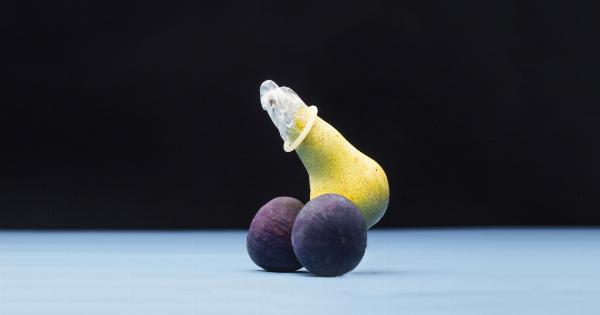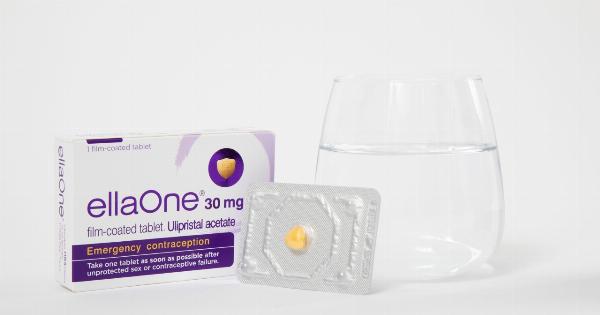With the advancement in medical science, contraception has become easier and more affordable. People of reproductive age have a wide variety of options to choose from for their birth control.
The most commonly used options include condoms, pills, intrauterine devices (IUDs), and injections. However, the usage of these methods varies individually. Each of them has its pros and cons, but there is one method which has been gaining popularity over the years, i.e., vaginal rings.
How Do Vaginal Rings Work?
A vaginal ring is a small, flexible ring that you insert into your vagina once a month. The ring releases hormones, progestin, and estrogen, which work together to prevent pregnancy by stopping ovulation and thickening the cervical mucus.
Advantages of Using Vaginal Ring
Here are some advantages to consider:.
- The vaginal ring is highly effective, with a failure rate of less than 1% per year.
- The vaginal ring is convenient – once inserted, it does not require any additional action for three weeks.
- The vaginal ring is reversible – it is easy to get pregnant once you stop using it.
- The vaginal ring reduces menstrual cramps and regulates periods.
- The vaginal ring may lower the risk of endometrial and ovarian cancer.
Disadvantages of Using Vaginal Ring
Here are some of the disadvantages:.
- The vaginal ring does not protect against sexually transmitted infections (STIs).
- Some women may find the vaginal ring uncomfortable or experience side effects from the hormones, like headaches, mood changes, or weight gain.
- The vaginal ring is not suitable for women who have had blood clots, heart disease, uncontrolled high blood pressure, or liver disease.
- The vaginal ring may not be suitable for women who smoke, especially those over age 35.
How to Use the Vaginal Ring
Here is how you can use the vaginal ring:.
- Visit a doctor or a healthcare provider and discuss your medical history and any medication you are taking.
- Get a prescription and buy the vaginal ring from a pharmacy.
- Insert the ring into your vagina on the first day of your period, or no later than five days after the first day of your period.
- Leave the ring in your vagina for three weeks, then remove it for one week to have your period.
- After one week, insert a new ring and repeat the process.
- If the vaginal ring falls out, wash it with cold or warm water and reinsert it within three hours. If it has been out for more than three hours, use condoms or another backup method for at least seven days.
Conclusion
Vaginal rings are an effective and convenient method of birth control that works by releasing hormones. It is ideal for women who seek a birth control method that does not require daily actions.
However, it does not protect against STDs, and its usage may not be suitable for everyone. You should consult with a doctor before choosing vaginal rings or any other birth control method since they how some side effects.





























